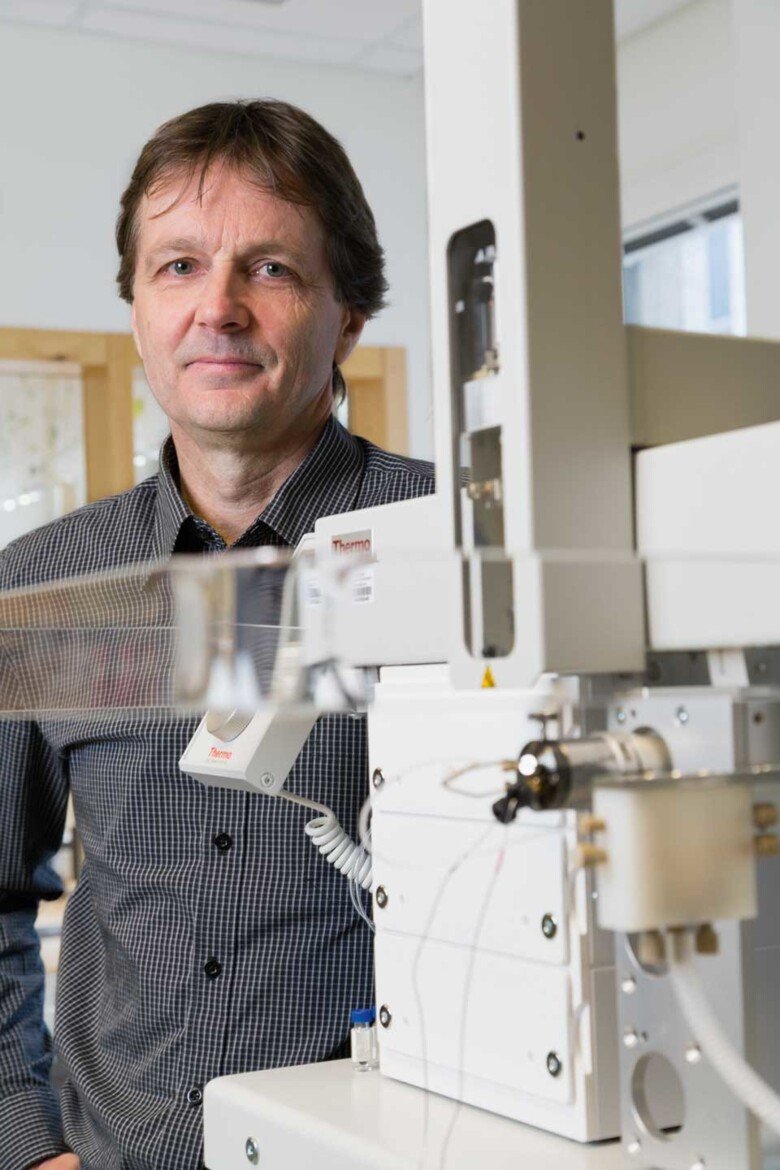Research
Early identification of individuals at risk for developing alcohol and drug-related problems may enable action to be initiated before serious symptoms occur and is a key factor for treatment success. People who abuse alcohol or recreational drugs seldom leave reliable information about their intake. Access to sensitive and specific objective measures (i.e. laboratory tests) for detection of short-term or long-term alcohol and drug use and to confirm abstinence is therefore important. This possibility was long limited by the lack of suitable analytes and/or detection methods.
Ethanol analysis in breath is a useful screening method for recent alcohol consumption but can only detect intake which occurred in the last couple of hours. Liver function tests such as GGT, on the other hand, will primarily identify heavy drinking which has been going on for months or years, which implies low sensitivity for early detection of harmful consumption. Another disadvantage of biomarkers of liver dysfunction is that elevated levels may be due to several causes besides heavy drinking (e.g. other liver disorders or medications).
The work has been focused on identifying, evaluating and implementing a new panel of clinically useful laboratory tests for alcohol. To detect drinking during the past days, measurement of the conjugated ethanol metabolites ethyl glucuronide (EtG) and ethyl sulfate (EtS) in urine is very useful, whereas for long-term alcohol consumption over the past few weeks to months, phosphatidylethanol (PEth) in whole blood and carbohydrate-deficient transferrin (CDT) in serum are the most specific tests.
Another problem in drug testing is that the large number of new psychoactive substances (NPS) introduced in recent years are not detected by current drug testing routines. A new testing strategy for NPS was therefore developed, based on liquid chromatography combined with high-resolution mass spectrometry (LC–HRMS), and has been implemented in routine use.
Other studies focus on using non-standard and less invasive biological matrices for routine alcohol and drug testing, such as oral fluid (“saliva”) and samples of exhaled breath. In parallel, new sensitive analytical methods are developed. The performance of new sample matrices and new test strategies in different patient populations and for different clinical and medico-legal purposes are also evaluated.
News
 Photo: Mattias Ahlm
Photo: Mattias AhlmSpice - A hundred times more potent than cannabis
Smoking mixes, also known as ‘spice’, are consistently at the top of the list for young people who abuse internet drugs. At Karolinska Institutet, researchers are working on identifying new varieties to keep pace with the drug poisoning cases that are now coming in at the rate of up to two per day.
 Photo: Getty Images
Photo: Getty ImagesGet inspired by a professor: Anders Helander
Designer drugs- causing analytical challenges and serious adverse events.
Professor Anders Helander - Karolinska Institutet.
